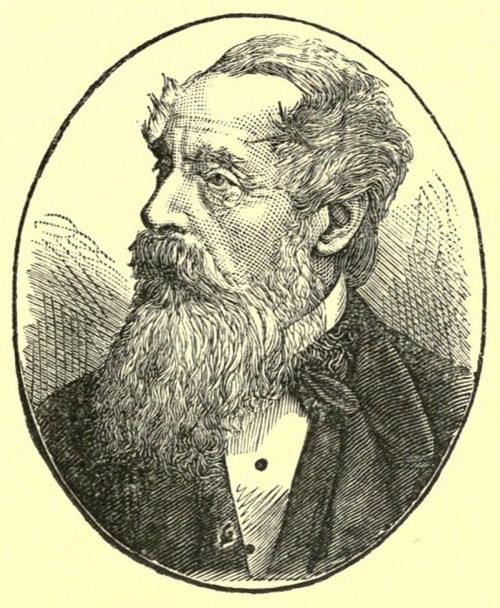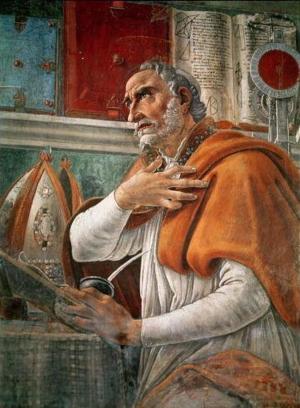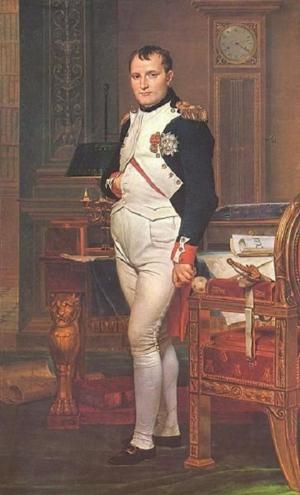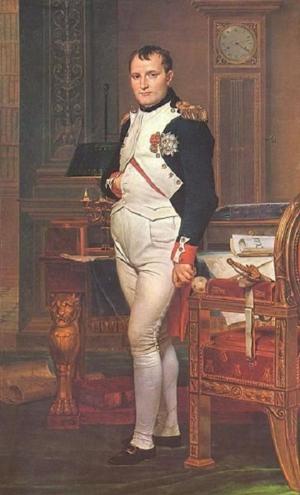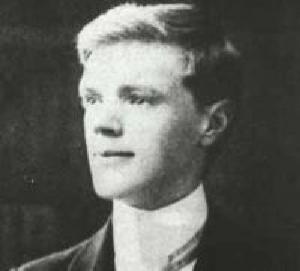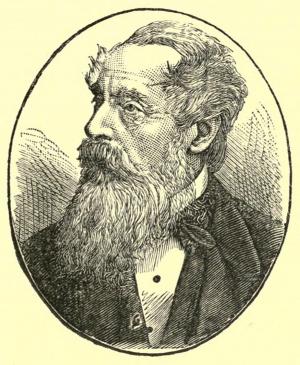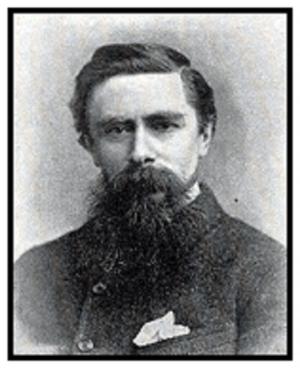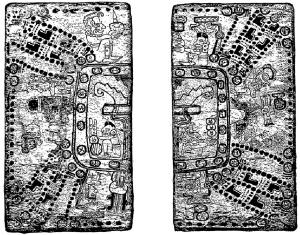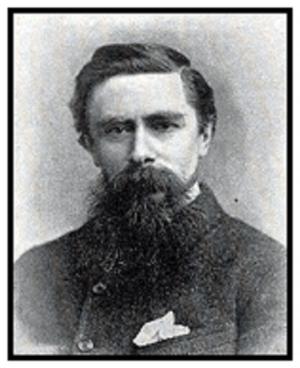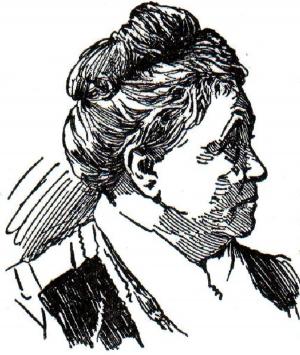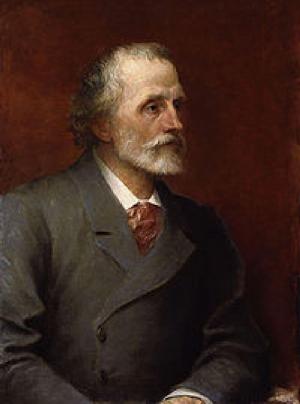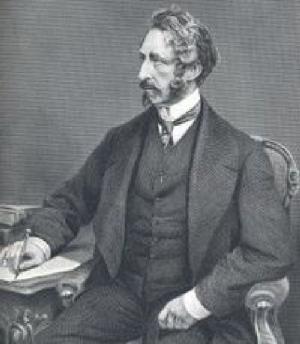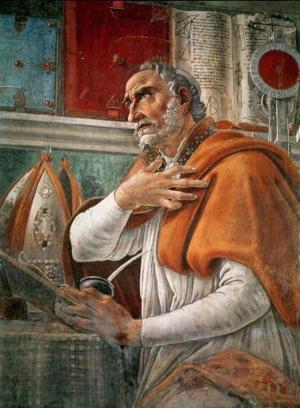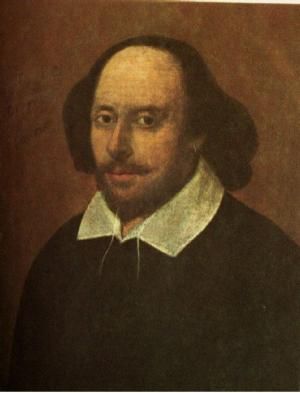| Author: | Kingston, W.H.G. | ISBN: | 9781455394371 |
| Publisher: | B&R Samizdat Express | Publication: | June 10, 2015 |
| Imprint: | Quench Editions | Language: | English |
| Author: | Kingston, W.H.G. |
| ISBN: | 9781455394371 |
| Publisher: | B&R Samizdat Express |
| Publication: | June 10, 2015 |
| Imprint: | Quench Editions |
| Language: | English |
This rather long book is definitely an historical novel. The main action takes place in the years around 1780. There are some rather strange aspects to the narration. For example, the hero's name is Hurry, except that on two occasions in Chapter 8 and one in Chapter 9, his name is mysteriously change to Poynder. Also in Chapter 9, the young Miss Carlyon is referred to as having gone to live with her aunt, Mrs Tarleton, on the death of her father. Yet the latter figures strongly in the later stages of the book, so we conclude that Kingston wrote the book with parts being pulled in from previous notes, but that he did not go back and re-read the book with a critical eye. However, those are but passing observations which it is necessary to make. The book is about the war between the British and the American Royalists on the one hand, and the American rebels on the other. The author is probably sympathetic to the rebels, but certainly to the cause of Freedom, and he makes his hero, Hurry, sympathetic to their cause, yet always observant of his duty as an officer of the King's Navy. While there are the usual fights between ship and ship, or between ship and weather, as always so beautifully expressed by Kingston's pen, we find that by chapter 9 Hurry has fallen in love with an American young lady, and the rest of the book contains episodes in which he is in contact with her, though she is the daughter of a Colonel active on the Rebel side. It won't spoil the story if we say that they marry in the last paragraph, five lines from the end. According to Wikipedia: "William Henry Giles Kingston (28 February 1814 - 5 August 1880), writer of tales for boys, was born in London, but spent much of his youth in Oporto, where his father was a merchant. His first book, The Circassian Chief, appeared in 1844. His first book for boys, Peter the Whaler, was published in 1851, and had such success that he retired from business and devoted himself entirely to the production of this kind of literature, in which his popularity was deservedly great; and during 30 years he wrote upwards of 130 tales, including The Three Midshipmen (1862), The Three Lieutenants (1874), The Three Commanders (1875), The Three Admirals (1877), Digby Heathcote, etc. He also conducted various papers, including The Colonist, and Colonial Magazine and East India Review. He was also interested in emigration, volunteering, and various philanthropic schemes. For services in negotiating a commercial treaty with Portugal he received a Portuguese knighthood, and for his literary labours a Government pension."
This rather long book is definitely an historical novel. The main action takes place in the years around 1780. There are some rather strange aspects to the narration. For example, the hero's name is Hurry, except that on two occasions in Chapter 8 and one in Chapter 9, his name is mysteriously change to Poynder. Also in Chapter 9, the young Miss Carlyon is referred to as having gone to live with her aunt, Mrs Tarleton, on the death of her father. Yet the latter figures strongly in the later stages of the book, so we conclude that Kingston wrote the book with parts being pulled in from previous notes, but that he did not go back and re-read the book with a critical eye. However, those are but passing observations which it is necessary to make. The book is about the war between the British and the American Royalists on the one hand, and the American rebels on the other. The author is probably sympathetic to the rebels, but certainly to the cause of Freedom, and he makes his hero, Hurry, sympathetic to their cause, yet always observant of his duty as an officer of the King's Navy. While there are the usual fights between ship and ship, or between ship and weather, as always so beautifully expressed by Kingston's pen, we find that by chapter 9 Hurry has fallen in love with an American young lady, and the rest of the book contains episodes in which he is in contact with her, though she is the daughter of a Colonel active on the Rebel side. It won't spoil the story if we say that they marry in the last paragraph, five lines from the end. According to Wikipedia: "William Henry Giles Kingston (28 February 1814 - 5 August 1880), writer of tales for boys, was born in London, but spent much of his youth in Oporto, where his father was a merchant. His first book, The Circassian Chief, appeared in 1844. His first book for boys, Peter the Whaler, was published in 1851, and had such success that he retired from business and devoted himself entirely to the production of this kind of literature, in which his popularity was deservedly great; and during 30 years he wrote upwards of 130 tales, including The Three Midshipmen (1862), The Three Lieutenants (1874), The Three Commanders (1875), The Three Admirals (1877), Digby Heathcote, etc. He also conducted various papers, including The Colonist, and Colonial Magazine and East India Review. He was also interested in emigration, volunteering, and various philanthropic schemes. For services in negotiating a commercial treaty with Portugal he received a Portuguese knighthood, and for his literary labours a Government pension."
